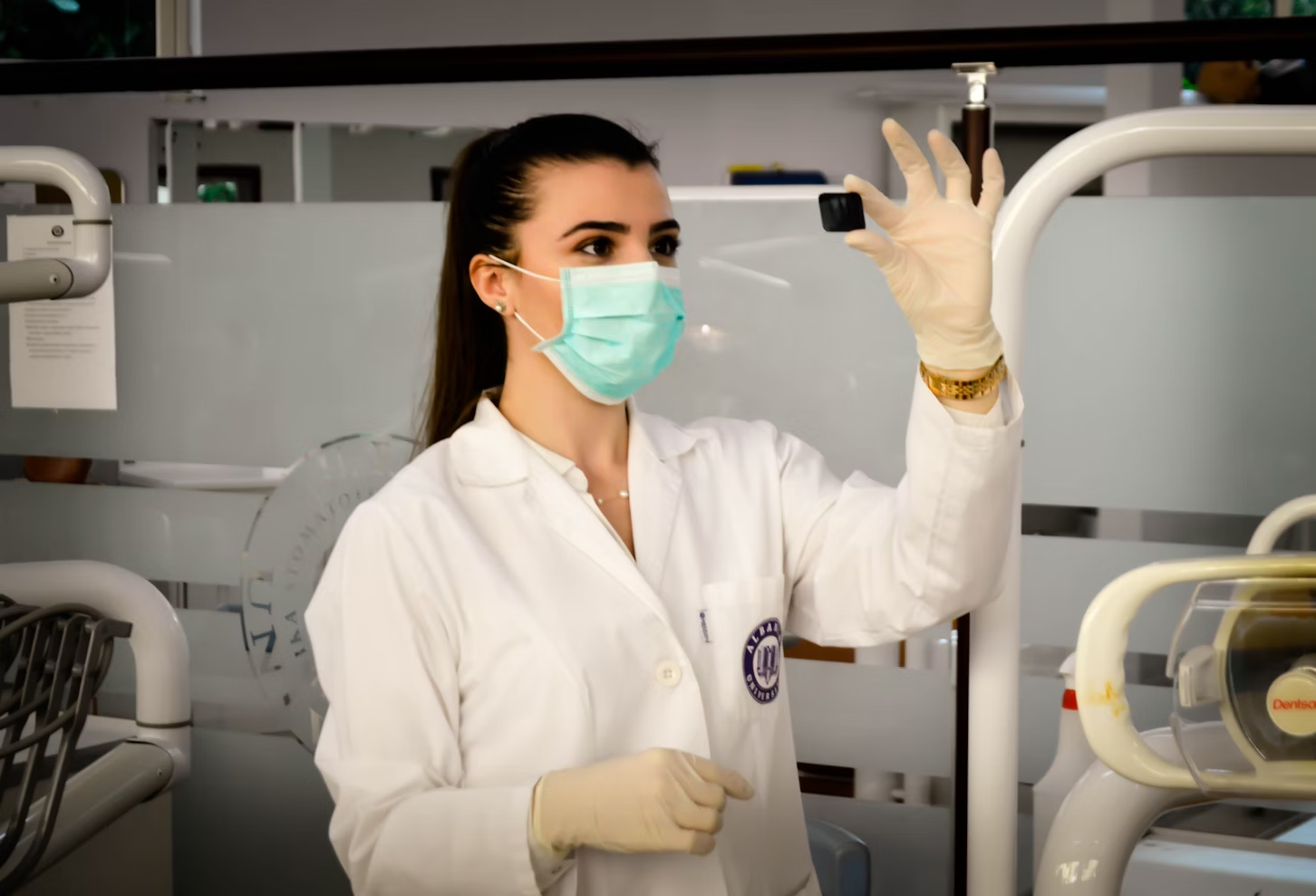Capturing Arch Pics : A Visual Journey through Iconic Structures

Architectural Photography Intro
Architectural photography demonstrates visual art precision and inventiveness. Known as “Arch Pics ” this photography captures the essence, design, and character of buildings and locales. This comprehensive book explores architecture photography’s skills, importance, and beauty.
Understanding Architectural Photography’s Soul
Architectural Photography Definition
Architectural photography captures buildings, structures, and locations. Detail, composition, and light/shadow are important. Architectural photography captures emotions and atmosphere as well as physical aspects, unlike other genres.
Architecture-Photography Intersection
Architectural photography blends architecture and photography beautifully. Architecture is shot to preserve its intricacy and beauty. The two professions work together to create instructional and emotive photos that change how we see the built world.
Mastering Architectural Photography Composition
Value of Composition
Architectural photographs are interesting because of their composition. By placing objects in the frame, photographers may create stunning, informative, and engaging images. Frames, symmetry, leading lines, and perspective control enhance architectural images’ visual appeal and narrative depth.
Frame, Symmetry
Framing and symmetry are popular architectural photography compositions. Frame a topic in its surroundings to emphasize key features and offer context. Symmetry may provide magnificent architectural balance and proportion.
Leading Lines and Perspective Control
Leading lines and perspective control guide viewers and eliminate distortion in architectural photography. The image has depth and movement from leading lines—structures, roads, or natural elements. Tilt-shift lenses regulate perspective to maintain architectural forms.
Light and Shadow Architecture Photography
The mood, ambiance, and visual effects of architectural photography depend on lighting. Light quality and direction may drastically impact how architectural objects are viewed, from golden hour to sunlight’s dramatic shadows. To capture every detail of structures, photographers wait for perfect lighting.
Natural Light Capture
Natural light enhances texture, color, and depth for architecture photographers. After sunrise or before sunset, the golden hour lights structures with a pleasant glow that emphasizes their design. Natural light may convey warmth, peace, and timelessness.
Enjoying Shadow and Contrast
Contrary to popular belief, building photography requires shadows. Shadow and contrast may highlight architectural characteristics and create fascinating compositions. The play of light and shadow on a textured facade or the dramatic contrast between bright and dark portions may make architectural images stand out.
Architectural Photography Gear and Techniques
Essential Arch Pics Gear
Architectural photography demands the right gear for stunning, clear photos. Arch Pics any photographer needs professional cameras and lenses, but architecture photographers need specialist gear. broad-angle lenses, tilt-shift lenses, and tripods are popular for broad vistas, perspective correction, and blur-free photos.
Wide-angle lens
Architectural photography requires wide-angle lenses to capture whole structures or interiors. With a wider field of vision than regular or telephoto lenses, these lenses can capture stunning panoramas. Wide-angle lenses may show architectural themes’ grandeur and immensity, enticing viewers to investigate.
Adjustable Lenses
Tilt-shift lenses help architectural photographers regulate perspective and distortion. By independently modifying lens tilt and shift, photographers may correctly focus, straighten converging lines, and retain parallel lines. To correctly picture tall buildings, architectural interiors, and complicated geometric structures, use tilt-shift lenses.
Tripod Systems
Strong tripods allow architectural photographers stability, support, and flexibility in many shooting situations. Clear, blur-free photos, long exposures in low light, correct compositions, and camera shake reduction require a reliable tripod setup. Tripods allow photographers to experiment with angles, views, and compositions, allowing them to create unique photos.
Atmosphere/Emotion Communication
Emotional architecture
Architectural photography may convey a site’s atmosphere beyond its architectural elements. Architectural photography may portray the peace of a minimalist interior, the intensity of a bustling city skyline, or the spooky beauty of a historic landmark. Photographers may capture the soul of architectural subjects to create emotional images that help viewers connect with the scene.
Creating mood and environment
Architectural photography affects viewers through mood and ambiance. Photographers use lighting, composition, and post-processing to tell a narrative or evoke emotion. Every aspect of an image impacts its atmosphere, whether it’s a foggy morning’s soft, diffused light, a sunset’s dazzling colors, or an industrial landscape’s monochromatic palette.
Documenting and preserving architecture
Preservation of Architecture via Photography
Architecture must be photographed to preserve and document it. Photographing buildings and structures at different stages preserves history.
Unraveling the Culinary Magic of Jenny Curry










